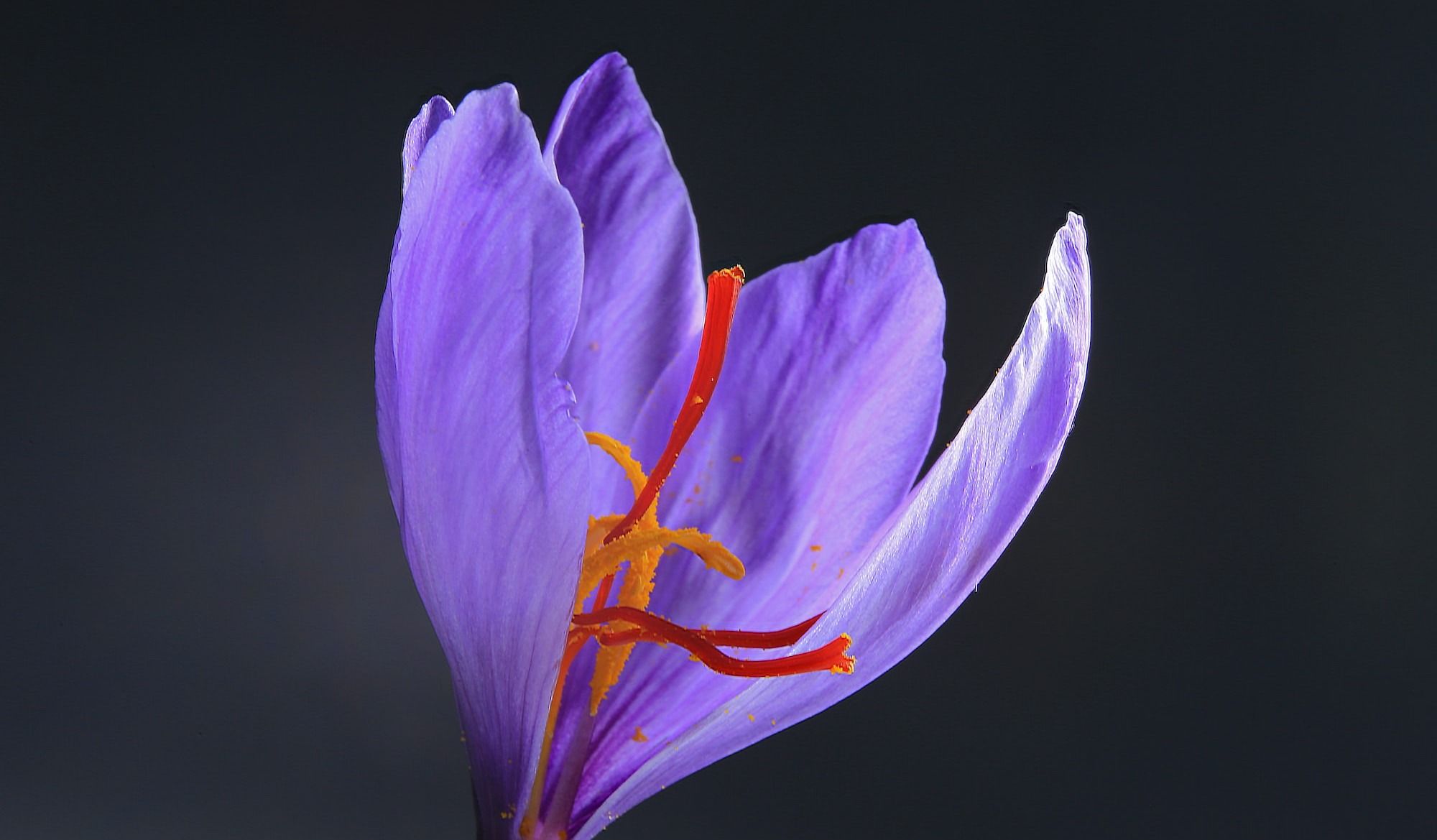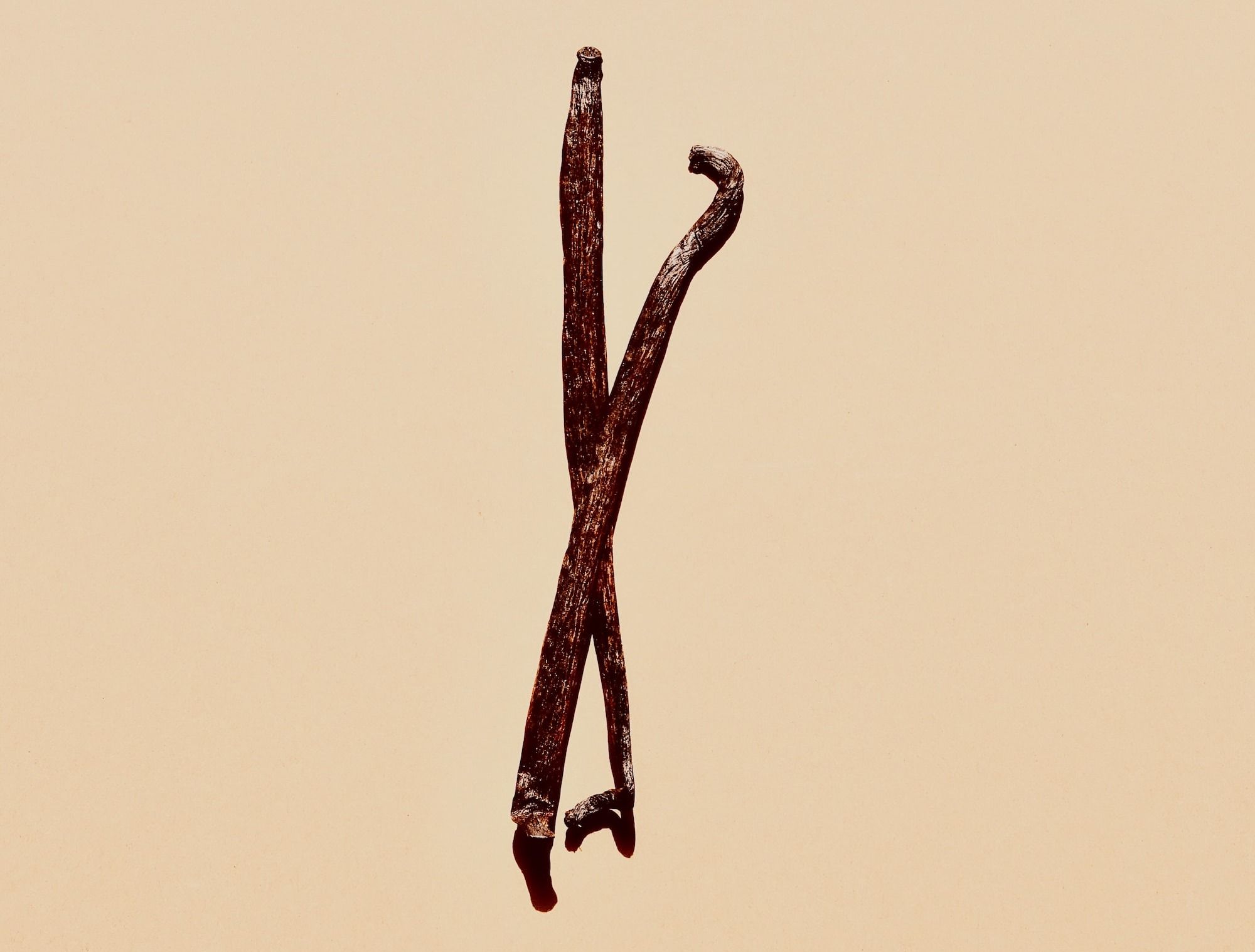Top 5 Most Expensive Spices In the World
Discover the allure of luxury spices like saffron, vanilla, and fennel pollen, and delve into how their unique profiles elevate flavors, making them highly sought after in crafting gourmet experiences.

Spices have long captivated chefs and culinary enthusiasts, deeply entwined in culinary arts, healing, and history.
Their discovery by voyagers sparked not just a culinary revolution but also booming trade networks. These aromatic treasures shaped empires, ignited conflicts, and graced religious ceremonies.
Sourced from the planet's most enchanting locales, today's priciest spices grace both household shelves and professional kitchen racks worldwide. Dive in to discover the top most expensive spice ingredients in the world.

Saffron: The Red Gold
Price: $10,000 per kilogram
Dubbed "red gold," saffron reigns supreme in the world of spices, a testament to luxury and culinary excellence.
Derived from the stigmas of the Crocus sativus flower, each delicate crimson thread is hand-harvested, a laborious process that requires around 75,000 blossoms for a mere pound of this precious spice.
With origins in Greece, its rich, earthy flavor, tinged with floral notes and a hint of bitterness, has journeyed across Asia, North Africa, and Europe, each region infusing its unique culinary touch.
Historically, beyond its culinary charm, saffron graced royal baths and sacred rituals, symbolizing wealth and prestige. However, its coveted status has often led to adulteration, challenging merchants to maintain its pristine quality.
Amongst its variants, the Kashmiri saffron, birthed in the scenic valleys of northern India, stands out with its vibrant hue and intense aroma, epitomizing the finest in saffron luxury.
Saffron is a versatile ingredient, ideal for crafting dishes like shellfish paella, Milanese risotto, or the golden-crusted rice delicacy, tahdig.
Additionally, consuming saffron-infused water is believed to enhance skin radiance, diminish imperfections, and refine its texture.

Fennel Pollen: Culinary Gold of the Mediterranean
Price: $1000 per kilogram
Emerging from the blossoms of wild fennel is the aromatic fennel pollen, a modern gourmet delight despite the longstanding culinary use of its parent plant.
Originating from the Mediterranean, the fennel plant, Foeniculum vulgare, has been revered since Roman times, both for its flavors and supposed mystical properties.
The pollen, offering intensified sweetness tinged with anise, citrus, and hints of saffron, is a newer entrant to the culinary scene.
Its precious status comes from the meticulous hand-harvesting process, with each flower yielding a scant quarter teaspoon of pollen.
Tuscany, Italy, is renowned for producing the crème de la crème of fennel pollen, standing out even against the abundant wild fennel of the U.S. West Coast.
In the kitchen, fennel pollen transforms meats, especially pork and chicken, and elevates grains and legumes, adding a unique depth. Beyond taste, it's packed with health benefits, rich in vitamin C and fiber.
In the realm of fine dining, fennel pollen is a treasured essence, celebrated for its complex flavor and rich heritage.

Vanilla Beans: The Aromatic Gem
Price: $500 per kilogram
In the realm of luxury foods, the vanilla bean reigns, captivating with its entrancing aroma and rich flavor. But what's behind its esteemed status and premium cost?
Sourced from the Vanilla planifolia orchid's slender pods, vanilla's origins trace back to Mexico. Today, its cultivation graces regions like Madagascar, Tahiti, and parts of the Americas.
Beyond its classic sweet and creamy essence, vanilla carries undertones of caramel and occasional floral notes. This complexity makes it indispensable in both desserts and fragrances.
Its price? Attributed to its meticulous production. Each orchid requires hand-pollination—a labor-intensive task.
Once harvested, the pods undergo rigorous processes: blanching, sweating, drying, and aging, culminating in the aromatic beans chefs prize.
Though second in cost only to saffron, vanilla's genuine allure stands uncontested. Most commercial vanilla flavors are mere imitations, lacking the depth genuine beans provide.
In the culinary world, vanilla is both a staple and a luxury, unmatched in its sensory richness.
Mahlab: Cherry Almond Enigma
Price: $140 per kilogram
Derived from the seed of the St. Lucie cherry, mahlab is a unique spice, ground into a fine powder that releases a delicate balance of sweet and sour, with hints of cherry and almond.
A cornerstone in Middle Eastern and Mediterranean kitchens for over a millennium, its legacy extends to ancient Arabic, Greek, and Egyptian cultures, with the term "mahlab" stemming from the Arabic word for "cherry."
Its esteemed status and pricing can be attributed to several factors. Harvesting mahlab is no small feat; each cherry stone is cracked to retrieve the minuscule kernel within.
The spice's potency diminishes swiftly when ground, making freshly-ground kernels a preference.
Moreover, the St. Lucie cherry tree flourishes selectively, mainly in Mediterranean and Middle Eastern regions, making its limited supply a contrast to its growing global appetite.
In terms of flavor, mahlab presents a complex profile. It sweetly intertwines with sour notes, echoing cherry and almond while adding depth to dishes.
Historically, aside from flavoring breads, cookies, and pastries, mahlab held medicinal value, offering relief for digestive and respiratory issues.
Culturally, it's revered in specialties like Greece's "tsoureki," a traditional Easter bread. Today, its intriguing taste captivates chefs globally, finding its way into a spectrum of gourmet dishes.
Long Pepper: Spice of Antiquity
Price: $95 per kilogram
While black and white peppers commonly dominate culinary scenes, the long pepper, often referred to as "Pippali" or "Indian long pepper," emerges as a luxurious ancient treasure in contemporary gastronomy.
This distinct peppercorn, native to the Himalayas and parts of Indonesia, once graced European kitchens, even before its more recognized relatives.
What distinguishes long pepper is its layered taste. Beyond its peppery heat, it offers an intricate mix of sweetness, spice, and a touch of bitterness, subtly infused with cinnamon, cardamom, and nutmeg nuances.
In antiquity, it was a prized possession in Rome and Greece, often preferred over other peppers and even celebrated in Ayurvedic medicine.
However, as global trade favored the easily cultivated black and white varieties, long pepper's popularity waned.
Its cultivation demands, ensuring a lower yield than regular peppercorns, contribute to its premium price.
Yet, today's culinary world, with its penchant for rediscovering flavors, is embracing long pepper anew, captivated by its rich taste and heritage.
In Summary
In gourmet cuisine, saffron, vanilla beans, and fennel pollen stand as luxury icons. Saffron delivers an earthy-floral touch, vanilla brings sweet depth, while fennel pollen adds a rich licorice nuance.
The high price tags of these spices reflect not just their unique flavors but also the painstaking harvest processes behind each.
Together, they're more than just seasonings; they embody centuries of history and artisanal passion, elevating dishes from simple meals to culinary masterpieces.


